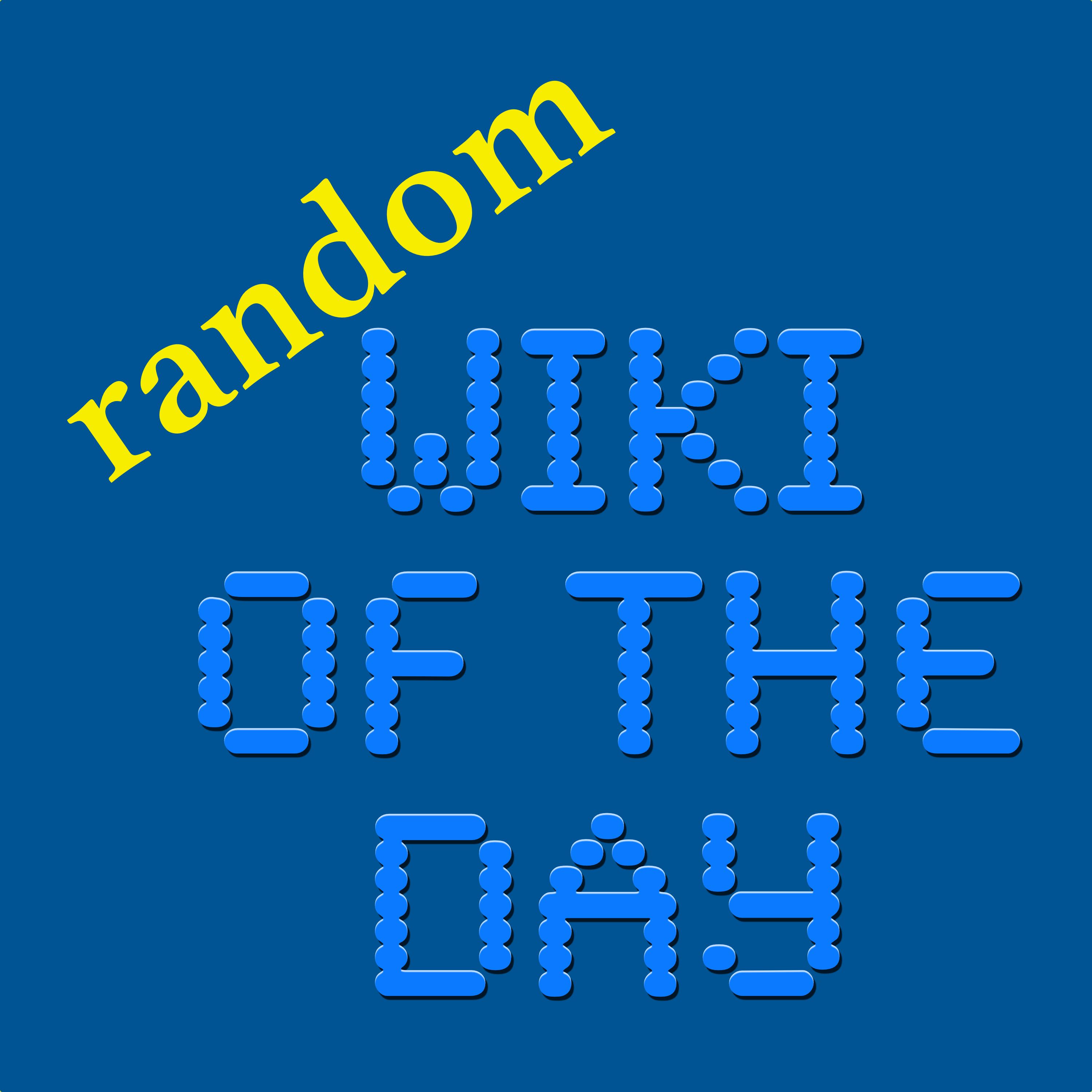Episode 1790
Huguenot Monument
Tue, 2022-Mar-29 01:09 UTC
Length - 3:12
Direct Link
Welcome to random Wiki of the Day where we read the summary of a random Wikipedia page every day.
The random article for Tuesday, 29 March 2022 is Huguenot Monument.
The Huguenot Monument in Franschhoek, Western Cape, South Africa, is dedicated to the cultural influences that Huguenots have brought to the Cape Colony (and ultimately the whole of South Africa) after their immigration during the 17th and 18th centuries. These French and Belgian Protestants were fleeing violent religious persecution, especially in Roman Catholic France.
The monument was designed by J. C. Jongens, completed in 1945, and inaugurated by Dr. A. J. van der Merwe on 17 April 1948.
The three high arches symbolize the Holy Trinity: the Father, Son and Holy Spirit. On top of the arches is the sun of righteousness and above that, the Huguenot cross of their Christian faith.
The central female figure, created by Coert Steynberg, personifies religious freedom, holding a bible in one hand and a broken chain in the other. She is casting off her cloak of oppression. Her position on top of the globe shows her spiritual freedom and parallels some representations of the Virgin Mary in Roman Catholic iconography, which depict her with one foot resting on the globe. The fleur-de-lis on the woman's robe represents noble spirit and character; it also was long the chief symbol of the French monarchy, still in power at the time of the Huguenot exodus.
The southern tip of the globe shows symbols relating to the Huguenots: the Bible, for their faith; a harp, for their art and culture; a sheaf of corn and a grape vine, representing agriculture and viticulture; and a silk and cloth weavers' spinning wheel, representing their industry.
The water pond, reflecting the colonnade behind it, expresses the undisturbed tranquility of mind and spiritual peace which the Huguenots refugees gained in South Africa after having experienced deadly religious persecution in France.
The Huguenot Memorial Museum adjacent to the monument explores the history of the French Huguenots who settled in the Cape, and especially in the Franschhoek Valley. On exhibition are the various tools they used to make wine, clothes they wore, and interpretation of their culture and goals.
Also on the site are wine cellars joined by a colonnade bearing the words Post Tenebras Lux ("After darkness, light" in Latin). A motto of Protestants during the Reformation, the phrase was first inscribed on the Reformation Wall in Geneva, Switzerland, which is dedicated to the Protestant Reformation.
This recording reflects the Wikipedia text as of 01:09 UTC on Tuesday, 29 March 2022.
For the full current version of the article, see Huguenot Monument on Wikipedia.
This podcast is produced by Abulsme Productions based on Wikipedia content and is released under a Creative Commons Attribution-ShareAlike License.
Visit wikioftheday.com for our archives, sister podcasts, and swag. Please subscribe to never miss an episode. You can also follow @WotDpod on Twitter.
Abulsme Productions produces the current events podcast Curmudgeon's Corner as well. Check it out in your podcast player of choice.
This has been Joanna Neural. Thank you for listening to random Wiki of the Day.
|
|


